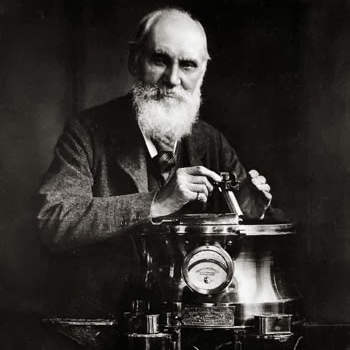Marvels of the Month
Surrey History Centre is well known as a repository of information and documents relating to Surrey’s past. Indeed, it has such a large collection that the casual visitor to the website can sometimes find it difficult to focus on their initial topic of interest since there are so many threads that could be followed.
One heading which is certainly worth checking out is that entitled “Marvels of the Month”. Each month, the Surrey Heritage teams showcase their own particular “Marvels of the Month” and the range of subjects is fascinating. The website has monthly entries going back as far as 2012 so there are lots of topics to choose from.
To give you a flavour of the content, and with the kind permission of Surrey History Centre, we have selected a couple of entries which we hope will entice you to check out the site for yourselves.
March 2017 – Words in Focus

In the mid-nineteenth century, the area around Haslemere, Witley and Milford attracted a considerable number of London-based artists, drawn by the beauty of the landscape and the healthy air. The artist James Clarke Hook (1819-1907) moved to Hambledon in 1857 and was visited there by his friend Myles Birket Foster (1825-1899), one of the foremost watercolour painters of his time. Foster initially rented a summer cottage for his family and then in 1863 bought Wormley Hill where he built The Hill, a mock Tudor house decorated by William Morris. He was interested in the vernacular architecture of South West Surrey and he sketched and painted many of the local cottages and farmhouses. One cottage near his home in Wormley Wood was a favourite subject of many local artists, and Foster even paid for the roof to be repaired when it was threatened with demolition.
Another visitor to the area was Helen Allingham, well known for her paintings of Surrey cottages. She first visited the county when she and her husband stayed with their friend Lord Tennyson in Haslemere. In 1881 the couple bought a house in Sandhills, near Witley, and it was in the area that she discovered and painted the classic ‘chocolate box’ country cottages with their tumbling thatched roofs, cottage gardens and barefoot children in bonnets for which she is famed.
January 2013 – Surrey and the discovery of sunspots

Redhill Observatory was built by Richard Carrington (1826-75) on Furze Hill in 1852, and it was here that he carried out the work that would lead his major contribution to the history of astronomy. He identified solar flares and devised a system for sequential numbering of complete rotations of the sun that is still in use today. 2,000 complete rotations were logged by 1995, continuing the system began by Carrington in November 1853, he noted a total of 99 rotations in his lifetime. These discoveries lead to the publication of:
• A Catalogue of the 3753 circumpolar stars observed at Redhill in the years 1854, 1855, and 1856 (1857) (SHC Library 523.89 S1x)
• Observations of the spots on the sun, from November 9, 1853, to March 24, 1861, made at Redhill (1863)
In the 1860s, after a few years away from Surrey, he purchased 19 acres of land in Churt where he built another house known as Jumps House and an observatory further up the hill at Middle Devil’s Jump. This involved tunnelling into the hill both vertically and horizontally; the altazimuth instrument was located in the vertical tunnel enabling it to be used without a dome. An engraving shows the observatory and house and is reproduced [on the website] from the Illustrated London News, Volume 59, 1871 (SHC Library J/572/51, J/572/48)
In 1869 Carrington married Rosa Helen Rodway, a marriage that was to embroil him in scandal which dominated the last few years of his life. A full account of this story together with an account of his importance to modern astronomy can be found in: The Sun Kings: the unexpected tragedy of Richard Carrington and the tale of how Modern Astronomy began by Stephen Clark (2007) (SHC Library 920CAR)



